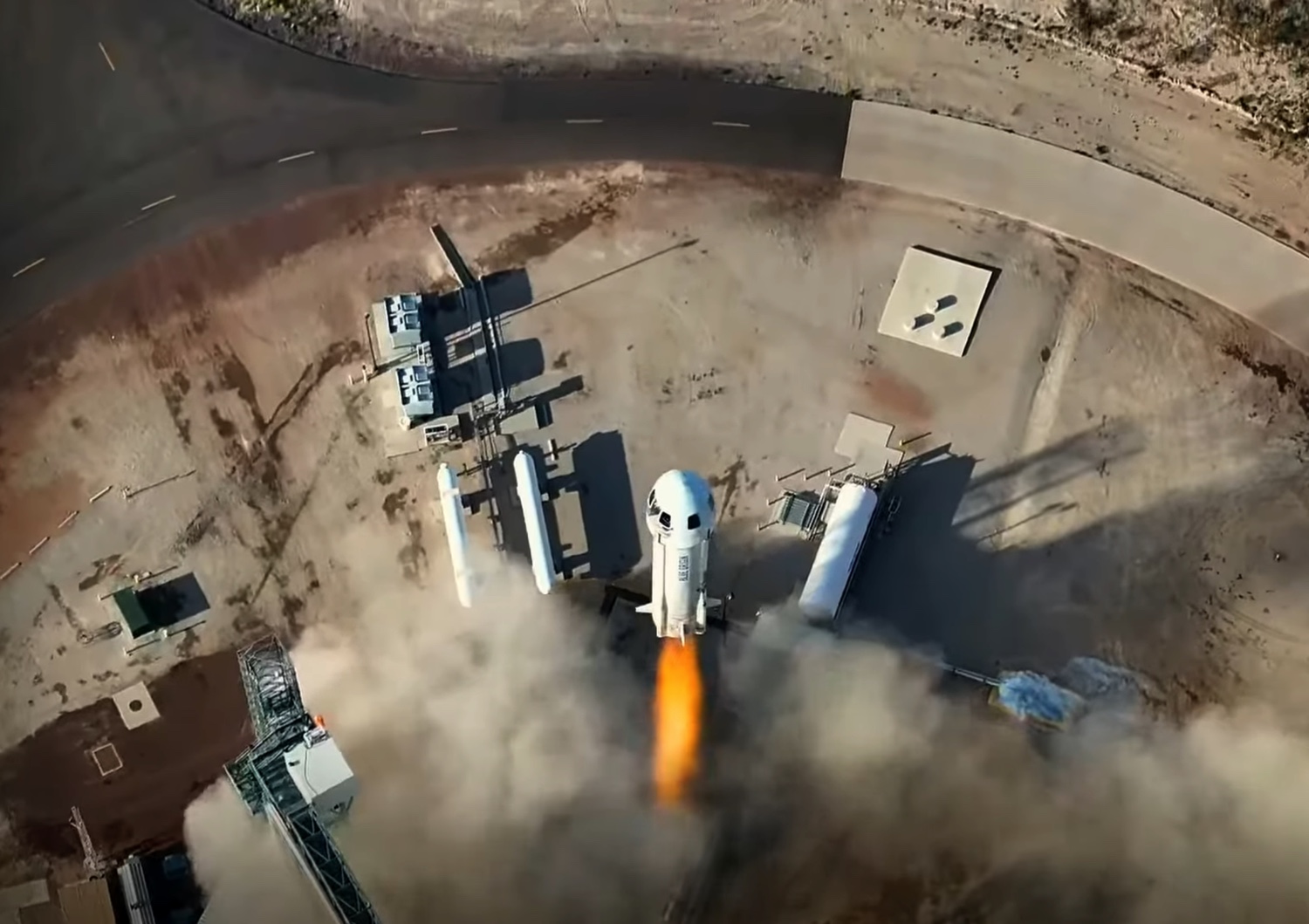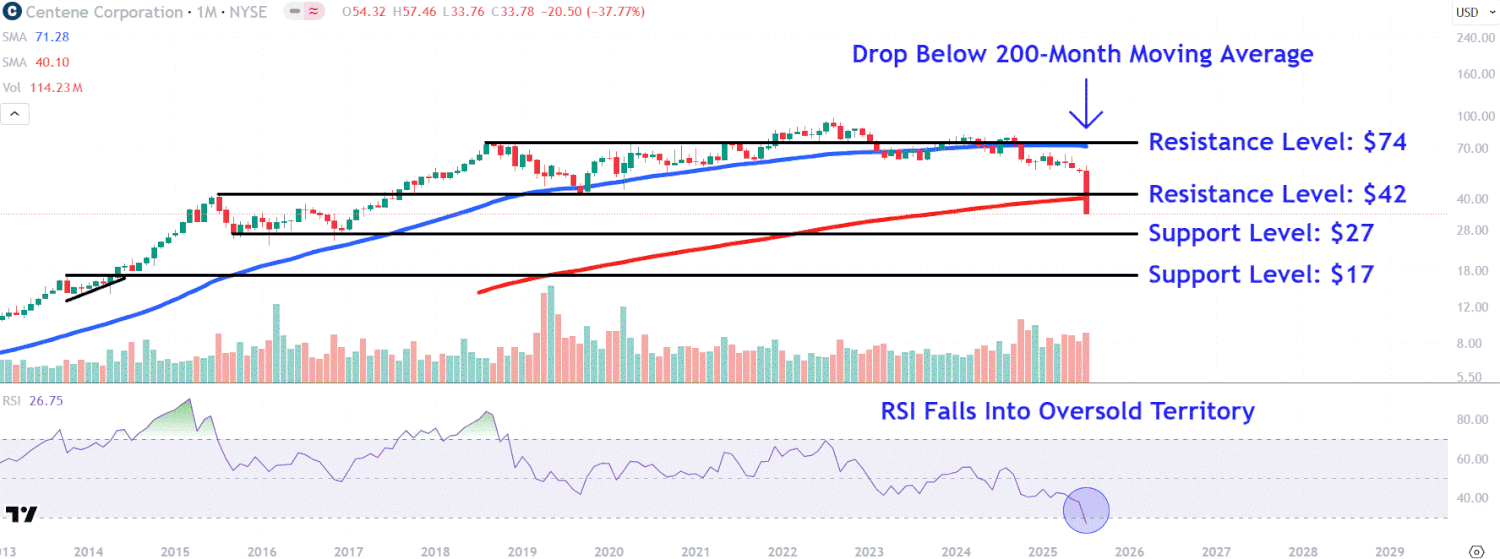Blue Origin is set to significantly ramp up the launch frequency of its New Shepard suborbital vehicle, with plans to add new spaceports in the future.
During the Global Spaceport Alliance’s International Spaceport Forum on September 28, Phil Joyce, the senior vice president for New Shepard at Blue Origin, shared the company’s expectations of reaching a weekly launch cadence within the next few years. This increase is attributed to strong customer demand, with Joyce stating, “The demand is really strong. We’re continuing to see sales every week, every day.” Currently, Blue Origin has a backlog that extends beyond a year.
At present, the company is conducting flights nearly every month, having completed seven New Shepard launches this year alone. Joyce indicated that the next flight is on the horizon, mentioning he planned to leave the International Astronautical Congress early to assist with it.
Blue Origin aims to achieve “approximately weekly” launches, supported by the introduction of three new New Shepard vehicles set to enter service next year. These new vehicles will complement the two currently in operation for crewed missions and will be outfitted with upgrades to enhance operational efficiency.
Joyce explained that the current system is costly and maintenance-intensive, stating, “We have a system that was designed years ago that is very expensive to operate. It’s very high maintenance. We have basically upgraded all of the systems.” This includes improvements to the BE-3 engine that powers New Shepard, which Joyce noted has received investment for next-generation enhancements. “We’ve made an investment in the next generation of that engine,” he emphasized, making it “much more manufacturable and operable than the engine we have today.”
He also mentioned that the new version of New Shepard will have a different appearance, though he refrained from providing specific details about the changes.
Joyce pointed out that increasing launches to a weekly basis would push the limits of Blue Origin’s current facility, Launch Site One in West Texas. He discussed the possibility of expanding that site versus establishing a new one, indicating a preference for seeking a new location. “We think looking elsewhere makes sense from a number of perspectives,” he said, while leaving the option for another U.S. site open. However, the focus is primarily international. “We think there’s possibilities elsewhere around the globe. We think it makes sense to provide this service elsewhere.”
While customers have not formally requested launches from alternative locations, Joyce acknowledged the potential for convenience to influence decisions. “A lot of our target customer base, ultra-high net worth individuals, don’t want to spend a day and a half getting to the destination, so that’s a consideration,” he remarked.
To develop any new launch site, Blue Origin is seeking a partner willing to invest. “We’re trying to find a partner that’s willing to invest,” Joyce said, emphasizing the importance of finding a partner that adds to the project’s diversity.












